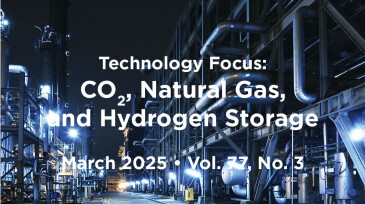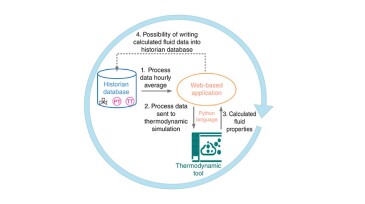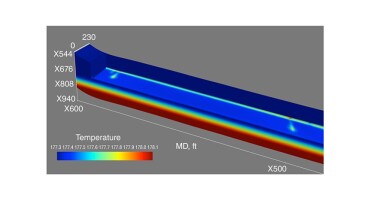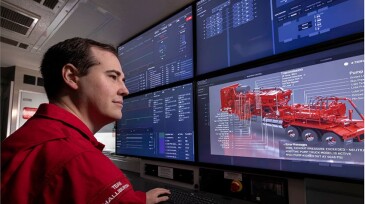Data & Analytics
SPE and The Open Group have signed a Memorandum of Understanding to advance collaboration and innovation in the global energy industry.
This research aims to develop a fluid-advisory system that provides recommendations for optimal amounts of chemical additives needed to maintain desired fluid properties in various drilling-fluid systems.
In this third work in a series, the authors conduct transfer-learning validation with a robust real-field data set for hydraulic fracturing design.
-
The new burner, created with the help of machine learning and additive manufacturing, promises high methane destruction efficiency and combustion stability even in windy conditions.
-
Transitioning to a low-carbon economy demands large-scale CO2, natural gas, and hydrogen storage. In this context, the application of AI/ML technology to uncover geochemical, microbial, geomechanical, and hydraulic mechanisms related to storage and solve complicated history-matching and optimization problems, thereby enhancing storage efficiency, has been prominently …
-
The authors propose a hybrid virtual flow and pressure metering algorithm that merges physics-based and machine-learning models for enhanced data collection.
-
This paper presents various functionalities and benefits of a monitoring tool developed for and used with all critical flowmeters in the operator’s production system.
-
This paper discusses the concept, applications, and continual evolution of a new 3D temperature and spectral-acoustics modeling and logging approach.
-
Guest Editorial: 2025 Perspective: Digital Transformation in Oil and Gas—From Evolution to ShockwaveThe path forward is not just about automation—it is about augmentation. AI is not replacing human expertise; it is amplifying it. Those who master this balance will define the future of oil and gas in a rapidly evolving energy landscape.
-
In the Marcellus, Repsol is slicing and dicing legacy data to evolve its completions strategy, while in the Permian, ExxonMobil is mastering the 4-mile lateral drillout using lessons learned.
-
The service giant shares new details about its automated fracturing spreads that slash human operator workload by 88%.
-
The trial phase of the agentic program used AI agents and combined large-language-model technology with data collected from more than 15% of ADNOC’s onshore and offshore wells.
-
SLB said it plans to integrate INT’s technology into its digital data and artificial intelligence platforms.













